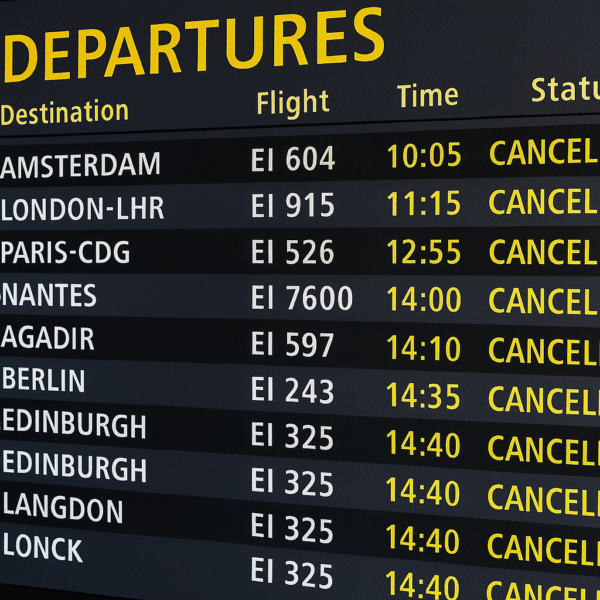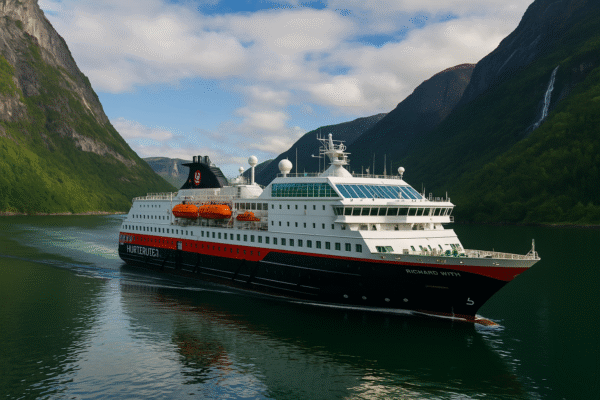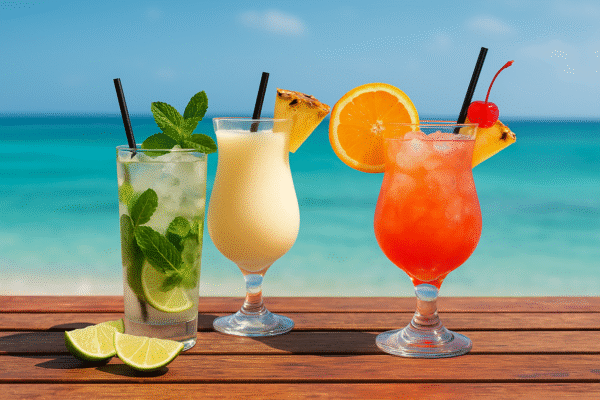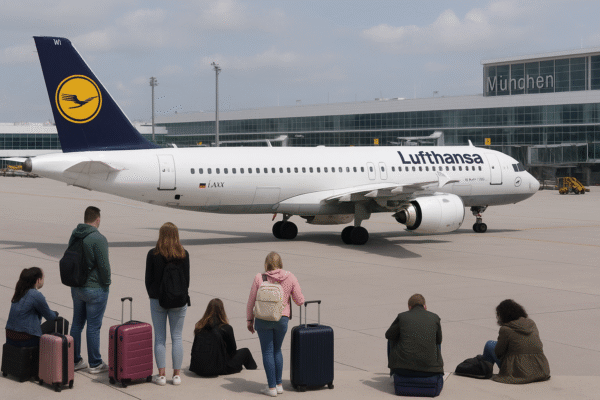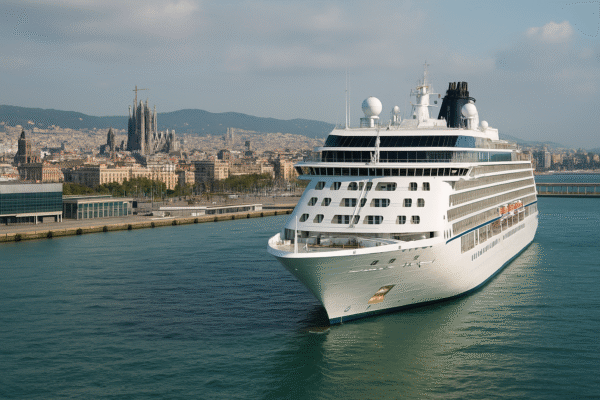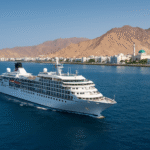In 2026, three of Europe’s most popular coastal cities—Barcelona, Nice, and Cannes—will introduce strict rules to reduce cruise ship traffic. The decision reflects growing concerns about overtourism and its effect on local communities, infrastructure, and the environment.
Cruise tourism remains a valuable economic driver, but the scale of recent growth has alarmed city officials. By limiting the size and number of vessels, these cities aim to preserve their cultural heritage while creating more sustainable tourism practices. The changes will reshape the experience for both locals and visitors.
Barcelona Reduces Cruise Berths
Barcelona, one of Europe’s busiest cruise hubs, has long wrestled with overwhelming visitor numbers. In 2024, nearly four million passengers arrived in the city on cruise ships. Officials argue that this volume has strained public spaces, transport, and local resources.
Starting in 2026, the city will cut available berths from seven to five. This decision will reduce the total number of daily arrivals and relieve pressure on the city center. Barcelona’s leaders hope that fewer ships will encourage higher-quality tourism rather than mass arrivals.
The initiative also aligns with broader efforts across Europe to create a balance between tourism and quality of life for residents. Reducing congestion protects iconic landmarks and ensures visitors enjoy a more authentic experience.
Cannes Limits Passenger Numbers
Along the French Riviera, Cannes will take an equally bold step. Beginning in January 2026, the city will ban ships carrying more than 1,000 passengers. Daily disembarkations will also be capped at 6,000. Larger vessels may still arrive but will need to tender guests ashore using smaller boats.
The mayor of Cannes insists the new policy does not seek to eliminate cruise tourism but to regulate it. By reducing volume, Cannes can preserve its charm while still benefiting from economic contributions. The change supports a more balanced model, prioritising quality over quantity.
Nice Follows With Passenger Bans
Nice is also tightening its grip on cruise ship operations. From July 2025, the city introduced a ban on vessels carrying more than 900 passengers. Officials reported that Nice welcomed more than 160,000 cruise passengers in 2024, with projections topping 300,000 by 2026.
Although legal challenges briefly stalled the policy, city officials remain firm. They argue that large ships create unsustainable pressures on coastal areas and historic neighborhoods. By favoring smaller vessels, Nice hopes to attract a more sustainable stream of visitors who will engage deeply with the city’s heritage.
Iceland Adds Passenger Fees
Beyond the Mediterranean, Iceland has introduced its own measures to control cruise tourism. Beginning in 2026, every cruise passenger will face an $18 fee upon arrival. The government will use the revenue to offset environmental impacts and maintain infrastructure.
This move has already prompted some cruise companies to reconsider itineraries. Officials argue the fee represents a fair contribution from visitors to maintain Iceland’s fragile ecosystems. The measure signals growing alignment across Europe in tackling mass tourism through regulation.
Balancing Economy and Sustainability
Restricting cruise traffic carries financial risks. Cruise tourism generates millions each year for Barcelona, Nice, and Cannes. Shops, restaurants, and attractions all rely heavily on passenger spending. Limiting arrivals could reduce immediate revenue for local businesses.
Yet, officials argue that the long-term benefits outweigh the risks. Less congestion improves the quality of life for residents and ensures cultural sites endure. Cleaner air, quieter streets, and fewer crowds also enhance the experience for tourists. By focusing on sustainability, cities may attract travelers willing to spend more for higher-quality visits.
Opportunities for Diversification
Local governments also see these measures as a chance to diversify tourism. By reducing pressure on central districts, they can encourage visitors to explore lesser-known neighborhoods and regional attractions. This strategy spreads economic benefits more evenly while easing stress on hotspots.
For example, cruise passengers in Barcelona may be guided toward new cultural quarters or nearby Catalan towns. In Cannes and Nice, tourists might spend more time exploring smaller Riviera villages or inland wine regions. This broader distribution creates new business opportunities and protects fragile city centers.
Guidance for Travelers
Cruise travelers planning European voyages in 2026 should prepare for new restrictions. Itineraries may shift, and some ships may avoid ports with stricter rules. Checking with cruise operators in advance will be essential.
Smaller ships will increasingly dominate the market, offering more intimate and sustainable voyages. Passengers who prefer quieter, more culturally focused experiences may find these changes appealing. Travelers should also consider off-peak seasons, when cities are less crowded and local experiences feel more authentic.
The Future of European Tourism
The steps taken by Barcelona, Nice, and Cannes mark a turning point in European tourism policy. Instead of prioritizing sheer visitor numbers, these cities are now emphasizing sustainability, cultural preservation, and resident wellbeing.
The message is clear: Europe’s most iconic destinations want to welcome travelers, but not at the expense of their identity and quality of life. As more countries adopt similar measures, cruise tourism in Europe will likely evolve into a smaller, more selective industry.
For more travel news like this, keep reading Global Travel Wire





